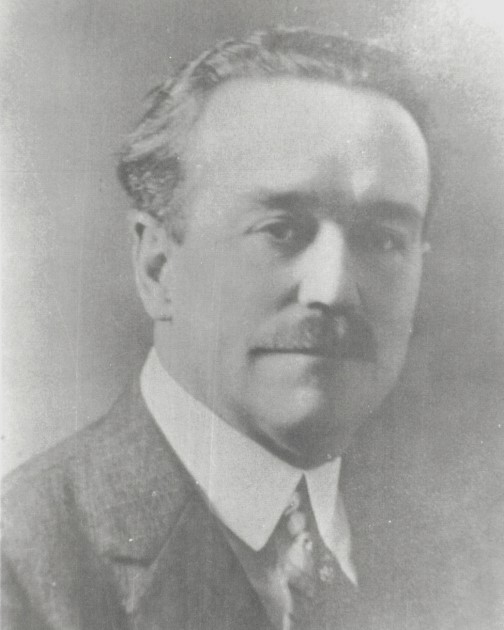|
The Original Apostolic Faith Movement
1901 ~ Present

Rev. Charles Fox Parham
The history of 20th century Pentecostalism as we know it in North America, began in the humble life of a man who's heart was hungry for a deeper and more fulfilling walk with God. It was a long journey filled with many trials and tribulations.
Charles Fox Parham was born June 4, 1873 in Muscantine, Iowa. When he was five, his parents, William and Ann Maria Parham moved south to Cheney, Kansas. They truly lived as, and considered themselves to be American pioneers. As a child, Charles experienced many debilitating illnesses, including, encephalitis, and rheumatic fever. These unfortunate confrontations with pain, and even death would greatly impact his adult life. In his biography, his wife (Sarah) wrote, "Charles was not a strong boy, but was weak, and sick a good part of the time".
When Charles was twelve his mother passed away. As the family gathered around her bed as she was dying, she turned to Charles and said, 'Charlie, be good'. He never got away from those words. The words "be good" made a deep impression on his heart, and influenced him in later years to consecrate his life to God, and the work of the ministry.
In his own words, Charles Parham said, "At six months of age, I was taken with a fever that left me an invalid. For five years I suffered with dreadful spasms. At nine years of age, I was stricken with the first case of inflammatory rheumatism, virtually tied up in a knot; with other complications I suffered much. I took medicines of various kinds, and one of them destroyed the lining of my stomach, and dwarfed me so I did not grow for three years.
Even before his conversion at the age of thirteen, Charles Parham felt an attraction to the Bible, and a call to preach. He began conducting revival meetings in local Methodist churches when he was fifteen. The services, by Parham's assessment, met "marked results." It seemed only natural that such promise be cultivated by formal training, and at seventeen he entered Southwest Kansas College at Winfield, to prepare for the Methodist ministry.
The national panic of 1893 temporarily damaged Southwest Kansas' rise in academic prosperity. Hard times deleted the available pool of students. Matters worsened when the college dormitory burned in 1894. By the spring of 1895 enrollment had dropped immensily. One of the casualities of the economic crises was the young preacher Charles F. Parham. His formal education came to an end when he failed to register to the 1893-94 school term. There was more to Parham's uncompleted degree than financial panic. His experience at college had been an ordeal comparable to his childhood struggles. Priorities were a problem at first as he pursued the religious work with more vigor than the studies. He took the consequences personally, noting that such zeal caused him to be "severely reprimended and graded down in the examination." What followed was an even greater crises for Parham. During his freshman year he not only curtailed his ministerial schedule, but gradually suffered a complete vocational relapse. He decided the Methodist ministry "with its starvation stations and 'hard scrabble' circuits, was not near so alluring as some other professions."
A year later Parham turned his back on God, and the ministry. Deciding that he preferred the income, and social standing of a physician, he began medical studies. Soon his rheumatic fever returned, and it didn't seem that Parham would recover. He trusted God for his healing, and the pain and fever that had tortured his body for months, immediately disappeared. However, the healing was not yet complete. Months of inactivity had left him a virtual cripple. His ankles were too weak to support the weight of his body, so he staggered about walking on the sides of his feet. In December, 1891 Parham renewed his commitments to God, and the ministry, and was instantaneously, and totally healed.
From this time on Parham went forth proclaiming not only that Jesus saves, and sanctifies, but that He also heals. He preached in schoolhouses, homes or whatever was open for the gospel. He preached to people of various faiths. A little later he pastored in some Methodist churches. He preached Sanctification as a definite second work of grace as taught by John Wesley, and the early Methodist. He soon left "sectarian churchism" as he called it, and entered the Evangelistic work where he saw hundreds commit their lives to Christ, and were healed by the power of God.
|